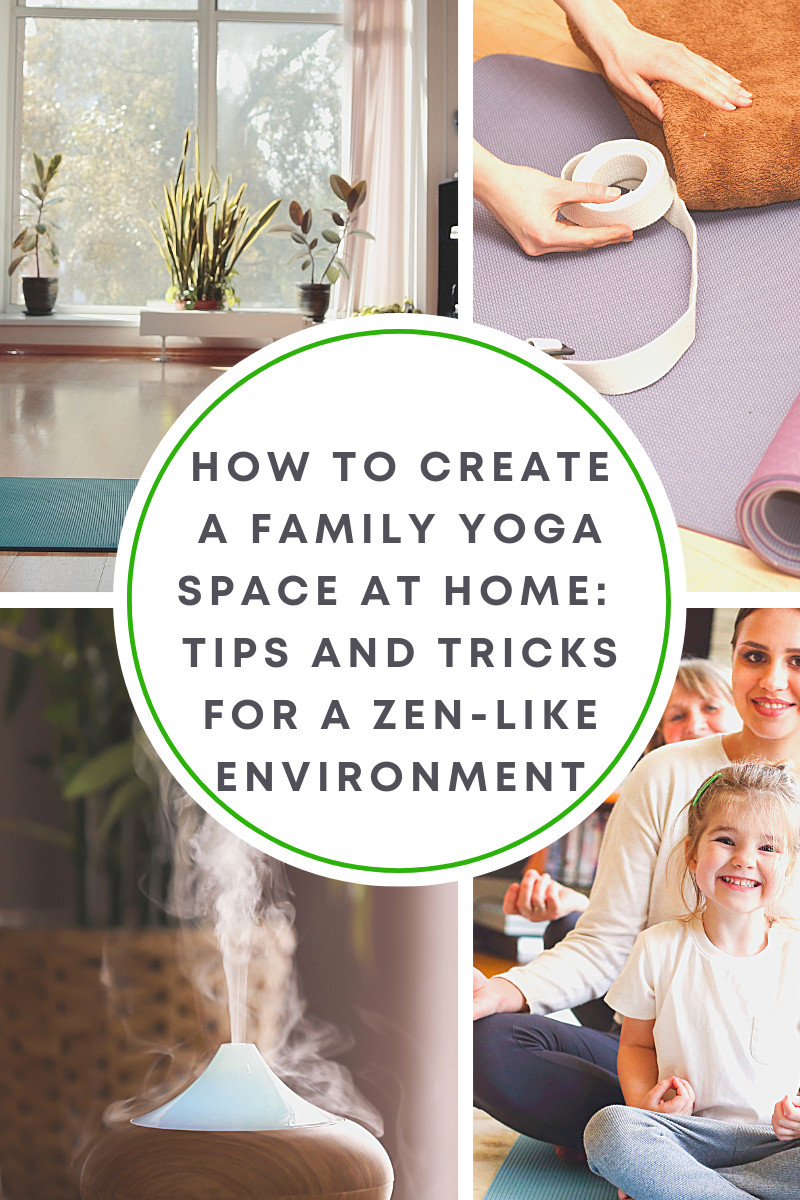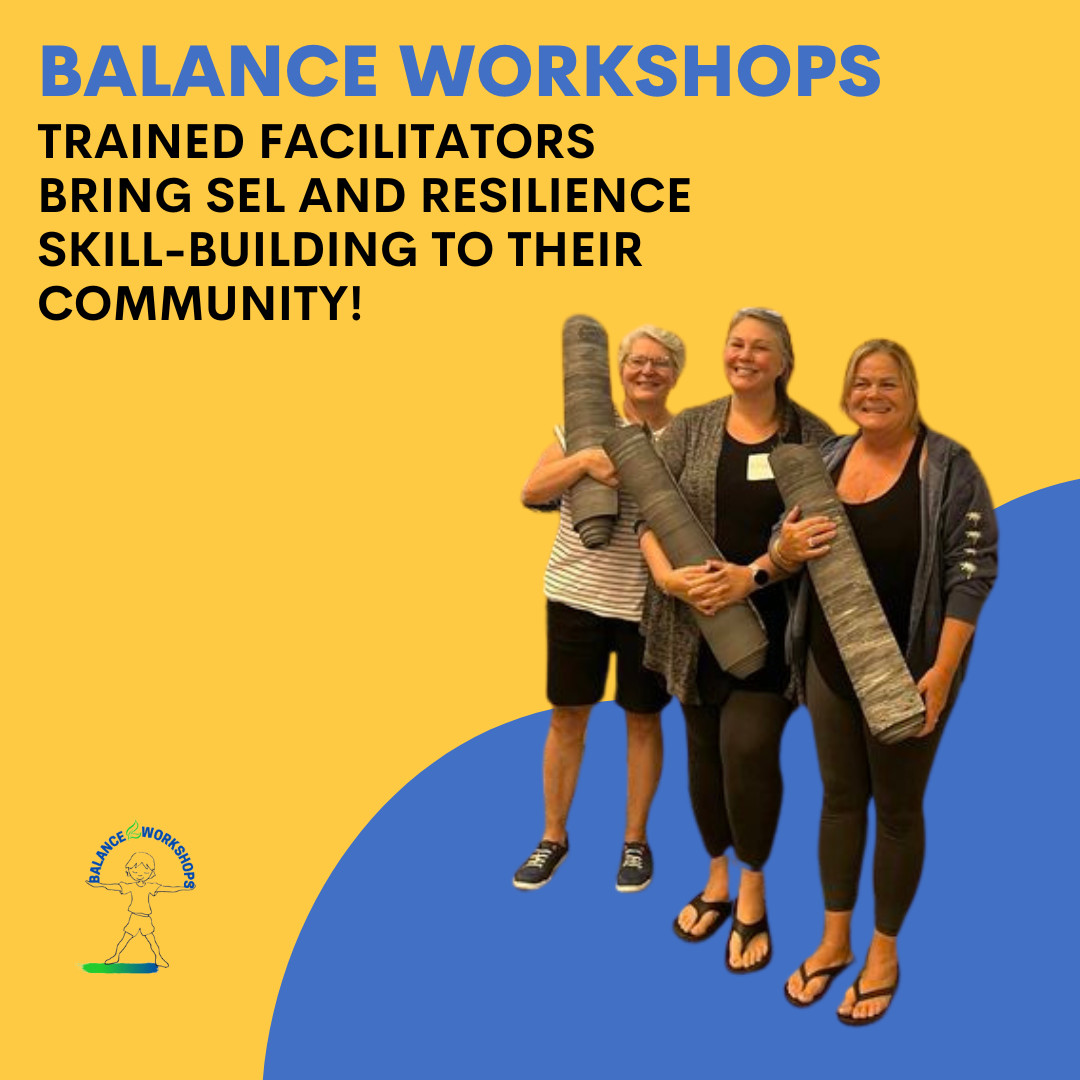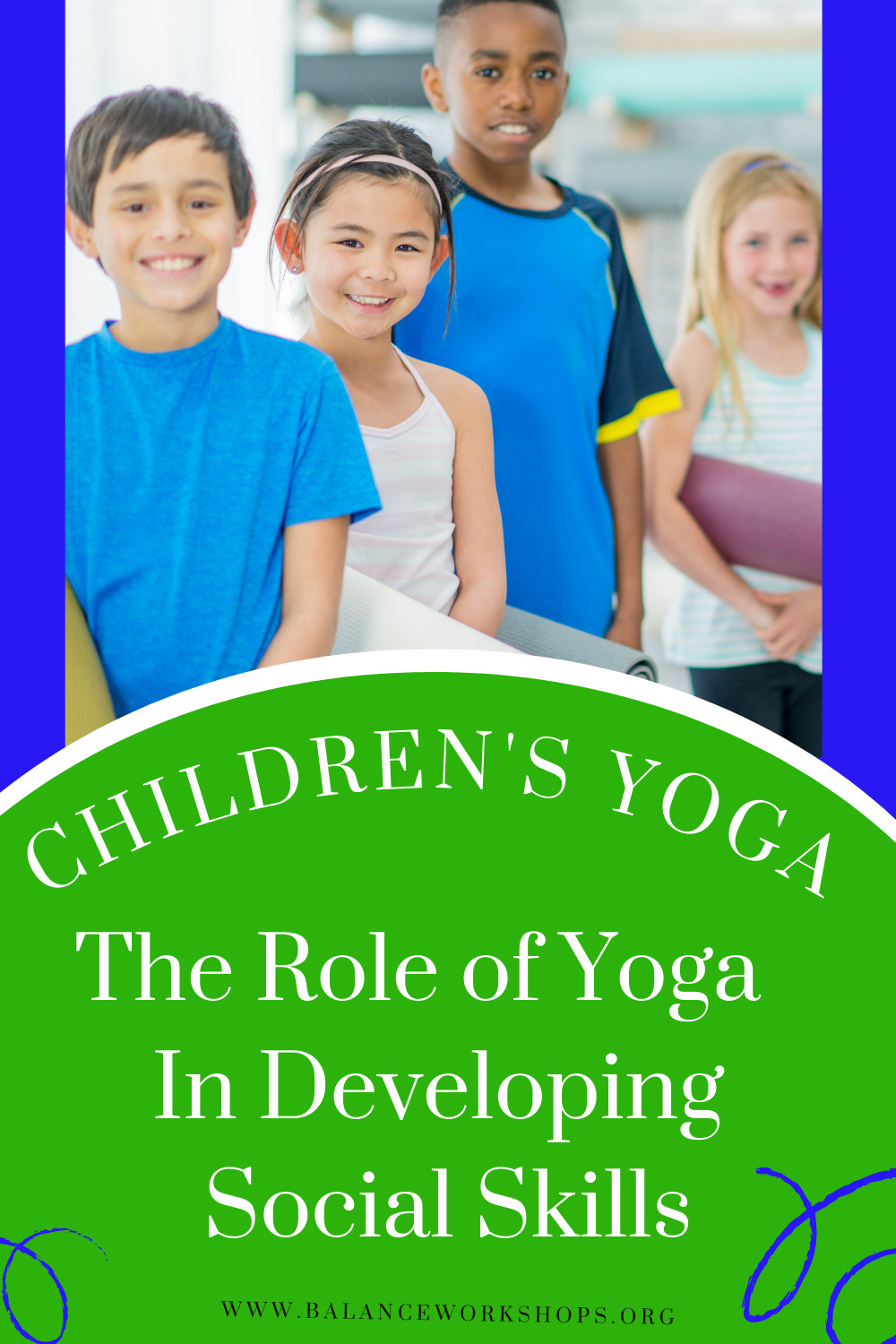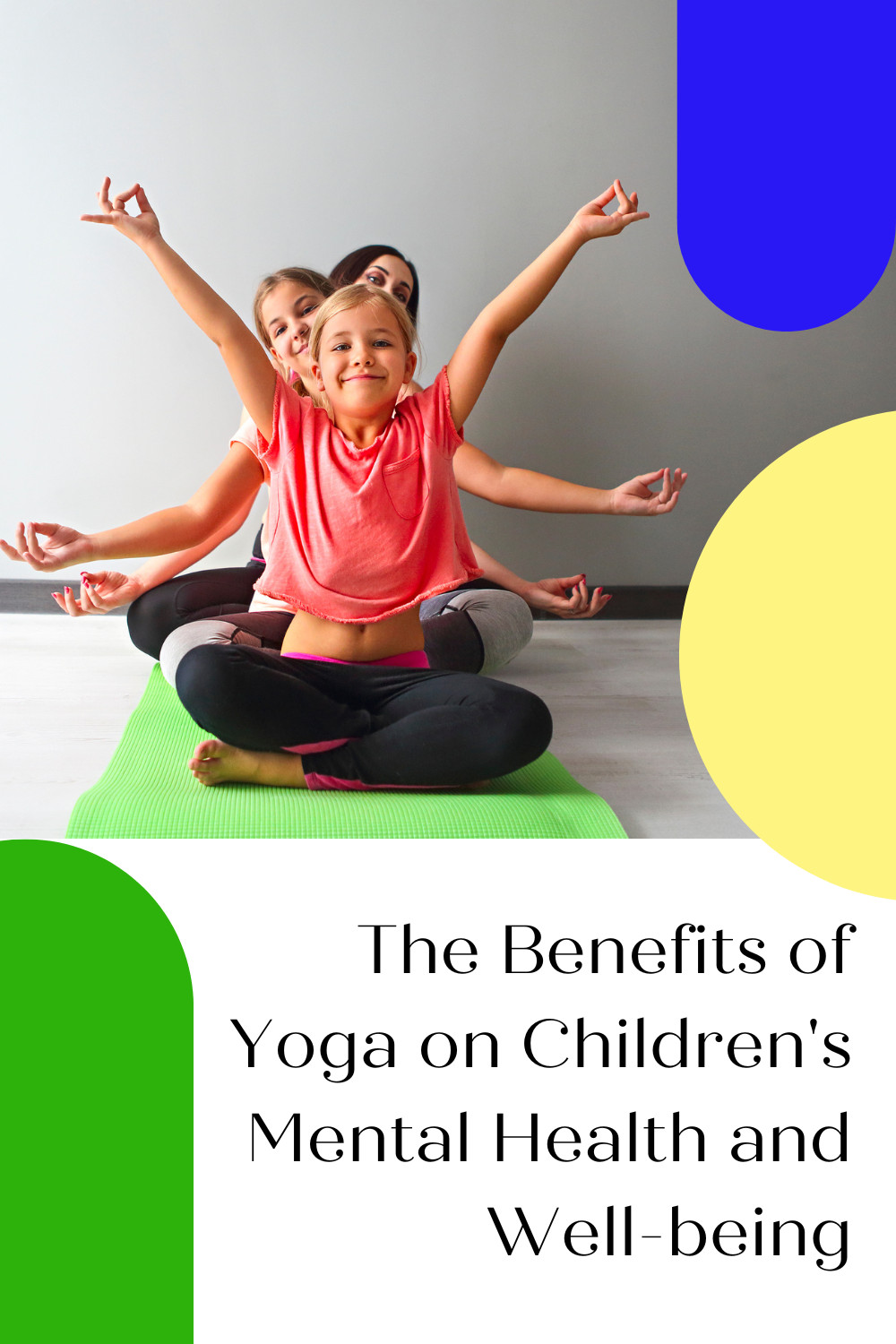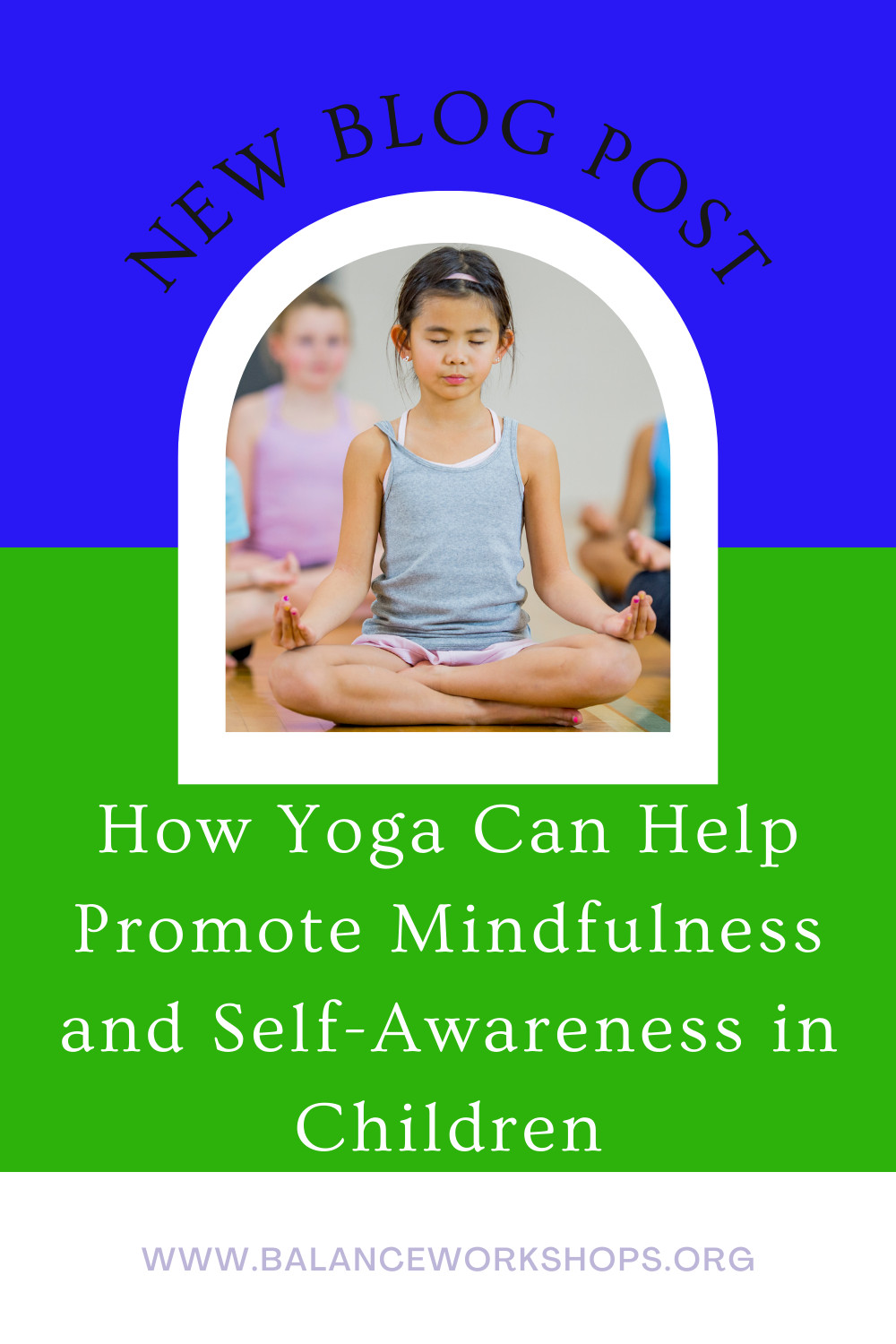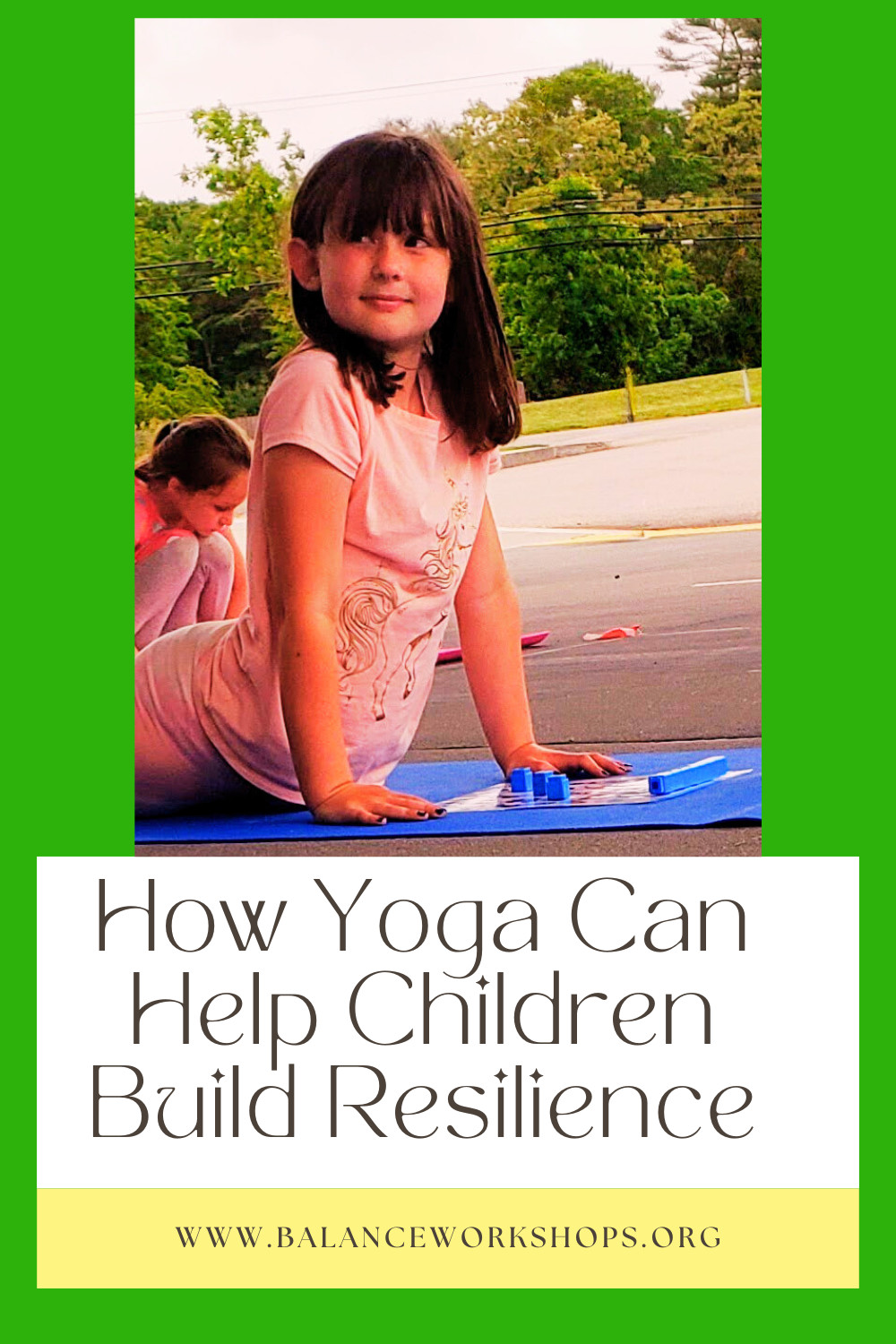
In today's fast-paced world, it's more important than ever to take the time to slow down and connect with our loved ones. While there are many ways to do this, practicing yoga together as a family can be an incredibly powerful way to improve communication and mindfulness, while also promoting physical health and wellness.
Let’s explore the many benefits of a family yoga practice, including improved communication and mindfulness, reduced stress and anxiety, and increased physical strength and flexibility. We'll also provide some tips for getting started with your own family yoga practice, so that you can experience the many benefits that yoga has to offer.
Improved Communication
One of the primary benefits of a family yoga practice is improved communication. Yoga encourages us to be present in the moment, to focus on our breath and our bodies, and to let go of distractions and stress. This can help us to communicate more effectively with our family members, as we are better able to listen to their needs and respond in a calm, thoughtful manner.
In addition, practicing yoga together as a family can help to build a sense of trust and connection between family members. By practicing yoga together, we are sharing a common experience and working towards a common goal, which can help to strengthen our bonds and improve our relationships. It’s an opportunity to have fun and make it your own by creating poses or sequences together.
Mindfulness
Another key benefit of a family yoga practice is improved mindfulness. Yoga encourages us to be present in the moment, to focus on our breath and our bodies, and to let go of distractions and stress. This can help us to be more mindful and present in our daily lives, which can have a positive impact on our mental health and wellbeing. In addition, practicing yoga together as a family can help to instill mindfulness in our children from a young age. By teaching them to be present and mindful on the yoga mat, we are also teaching them important life skills that they can carry with them into adulthood. Starting with short mindfulness practices, such as candle gazing or listening to chimes is a great introduction. Additionally, taking a meditative walk together is an other great way to share a mindfulness experience.
Reduced Stress and Anxiety
Stress and anxiety are all too common in our modern world, and they can have a significant impact on our mental and physical health. Fortunately, practicing yoga together as a family can be an effective way to reduce stress and anxiety and promote overall wellness. Yoga encourages us to slow down, breathe deeply, and let go of tension and stress. This can help to reduce the levels of cortisol (the stress hormone) in our bodies, leading to a greater sense of calm and relaxation. Sharing a simple yoga routine for just a few minutes a day can help. Perhaps learn a simple Sun Salutation sequence together to begin your family practice. Simple, not stressful is key to getting started!
Physical Health and Wellness
Finally, practicing yoga together as a family can also promote physical health and wellness. Yoga is a low-impact form of exercise that can help to improve strength, flexibility, balance, and overall physical fitness. By practicing yoga together as a family, we can help our children to develop healthy habits and attitudes towards exercise and physical activity. It doesn’t have to be complicated, in fact, you can follow a short routine and even use a chair to gain the health benefits from yoga.
Getting Started with Family Yoga
If you're interested in starting a family yoga practice, there are a few things you can do to get started. First, you can practice yoga at home with your family. There are many resources available online, including YouTube videos and online yoga classes, that can guide you through a family yoga practice. Please view our post How To Create A Yoga Space At Home for ideas on how to prepare a space at home. Additionally, find a local yoga studio or community center that offers family yoga classes. These classes are designed specifically for families and can be a great way to get started with yoga.
When practicing yoga with your family, it's important to keep things fun and lighthearted. Remember that yoga is not about perfection or competition, but rather about connection and mindfulness. Encourage your children to explore their bodies and their breath, and allow them to move at their own pace. It is yoga practice, not perfect!
In conclusion, practicing yoga together as a family can have many benefits, including improved communication and mindfulness, reduced stress and anxiety, and increased physical health and wellness. Whether you choose to practice yoga at a local studio or at home, the most important thing to remember is keep it simple and fun. Yoga practice as a family looks very different from traditional adult yoga so please remember to let it flow organically and appreciate the quality time together. Meet your family on the mat, you will be glad you did!
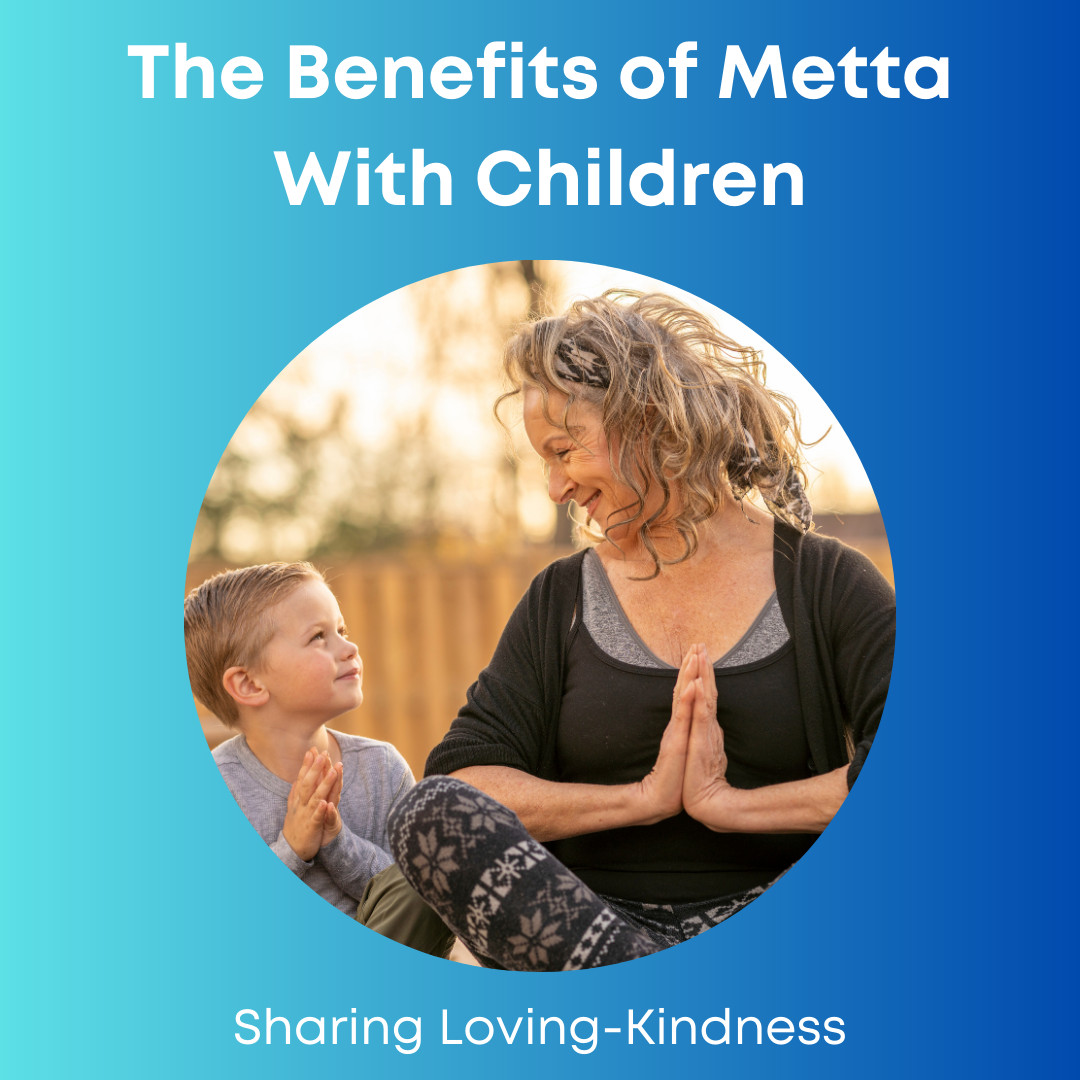
Are you a parent or educator who wants to help children develop emotional resilience and cultivate positivity? Consider teaching them metta, or loving-kindness meditation. Metta is a powerful tool that enables children to replace negative emotions with positive ones, leading to a more positive outlook on situations and relationships. It also helps children to recognize their own intrinsic value and develop a kind relationship with themselves, which leads to greater self-confidence, resilience, and inner peace. Furthermore, metta allows children to develop empathy and compassion towards others, improving their understanding and quality of relationships. Practicing metta can also help children deal with stress and anxiety, counteracting the negative emotions that can lead to mental health problems. To start practicing metta with children, simply guide them through visualizing sending love and kindness to themselves and others, gradually extending those thoughts to all living beings. It's essential to approach metta with a gentle and loving attitude and encourage children to be patient and kind to themselves as they practice. Whether you practice it as a family or in a classroom, teaching metta can benefit children tremendously, empowering them with positive habits of mind and supporting their overall well-being.
Read more...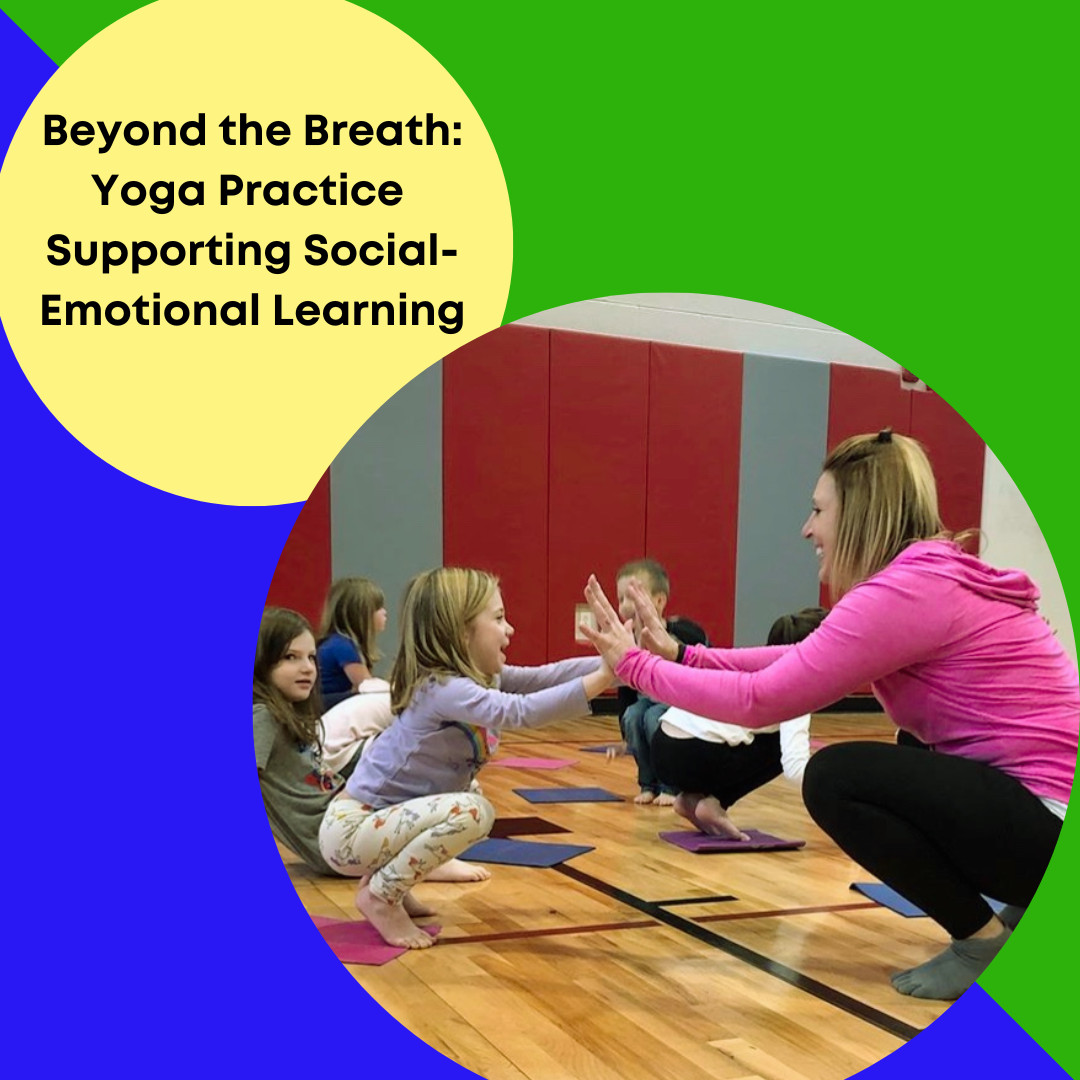
“Take a breath.” We say it to a crying child, a flustered friend, a spouting spouse. Maybe we’ve even heard it ourselves in a stressful moment (or two).  And it does help, right? Research has shown that deep breathing has tons of benefits, including a sense of calm, lowered blood pressure, increased energy, and even the release of toxins from the body. But somewhere along the way, we’ve forgotten how to breathe. Not just sip the air, but to really drink it in and savor it.
And it does help, right? Research has shown that deep breathing has tons of benefits, including a sense of calm, lowered blood pressure, increased energy, and even the release of toxins from the body. But somewhere along the way, we’ve forgotten how to breathe. Not just sip the air, but to really drink it in and savor it.
I became reacquainted with the benefits of breathing through yoga. There’s just something about the connection of brain, body, and breath that makes me feel like all is right in the world. But beyond the breath, it turns out yoga has so much more to teach us.
Even if your favorite part of yoga is wearing the pants, you’re probably familiar with the poses (asanas), meditation, and maybe even some breathing techniques (pranayamas). These are all part of the Eight Limbs of Yoga. You see, once upon a time, there was a man called Patanjali and he created the Yoga Sutras. Ok, I don’t know for sure if it was one person or a group of contributors, and he gets all the credit, but the principles of yoga provide basic guidelines for living. The principles, together with meditation practice--including breathwork, can help us become the best version of ourselves.
So what are the Yoga Sutras and why isn’t everyone talking about them? Well, for one thing, they’re in Sanskrit and super hard to pronounce--for me anyway! There are five yamas (rhymes with llamas) and five niyamas (sounds like knee-yamas). The principles promote virtuous qualities, such as non-violence (ahimsa), truthfulness (satya), self-discipline (tapas), and contentment (santosha).
If you’re bringing yoga into your life, the yoga principles are just another way to deepen your practice, especially if you’re looking for ways to share it with your family. There are many terrific books for adults. Just google the yoga sutras or type it into the Amazon search and you’re sure to find something to pique your interest. I personally own, A Seeker's Guide to the Yoga Sutras: Modern Reflections on the Ancient Journey (2019) by Ram Bhakt, Yoga Sutras of Patanjali (2001) by Mukunda Stiles, and The Yoga-Sutra of Patanjali: A New Translation with Commentary (2003) by Chip Hartranft.
Interested in sharing the principles with your children? Check out author Susan Verde. Not only are the words and illustrations peaceful and lovely, but each book inspires conversation and continued practice. Listening to My Body (2017) and Find Your Calm (2020) by Gabi Garcia, as well as anything by Kira Willey are also great options for sharing aspects of yoga, mindfulness, and meditation with kids. Imagine the advantages we are giving our kids by teaching ways to identify feelings, self-regulate, and make good choices.
These skills are all part of social-emotional learning--what used to be called emotional intelligence. And in many states across the country, they are being taught as part of the general curriculum in public schools. The value of these skills is equal to those of reading, math, and any other subject area.
Most caregivers know this innately. From a very young age, we spend time teaching manners, instilling a sense of fairness, and encouraging kids to treat others how they wish to be treated. Eventually, though, we want children to be self-aware. How are they feeling? How are they doing? Can they self-regulate...even when things aren’t going well? We want them to be socially aware. How do their words and actions affect others? This leads to building successful relationships with people, as well as making good choices.
Research shows that kids with developed social-emotional skills are not only more successful in school but later on in life. Exploring the yoga principles, especially the yamas and niyamas, can help. Again, it all comes back to that connection of brain, body, and breath.
So maybe you’re happy with your yoga practice as it is. That’s totally fine. For many of us, there’s an elusive pose we’re working on (come on crow--one of these days!). Or maybe your goal is to extend your meditation and explore the breath (without one eye on the clock). Eventually, though you may decide to deepen your understanding and as you do, don’t forget about the kids in your life. The teachings benefit everyone! How can you share your practice with someone else today?

